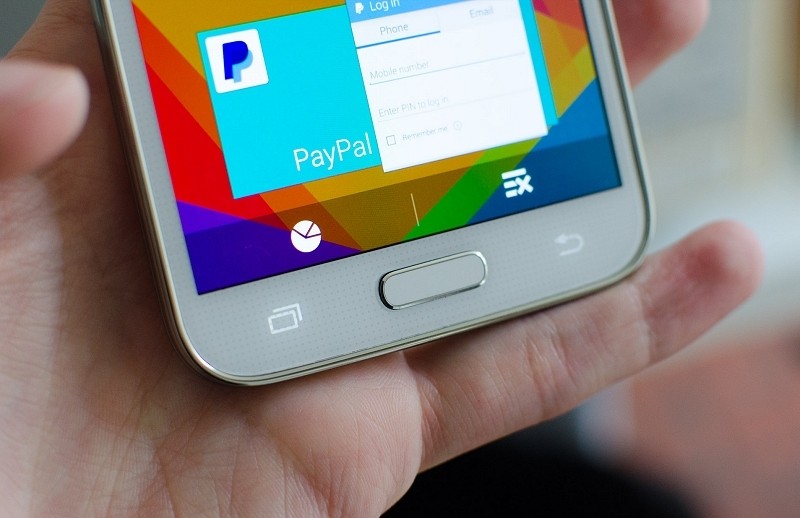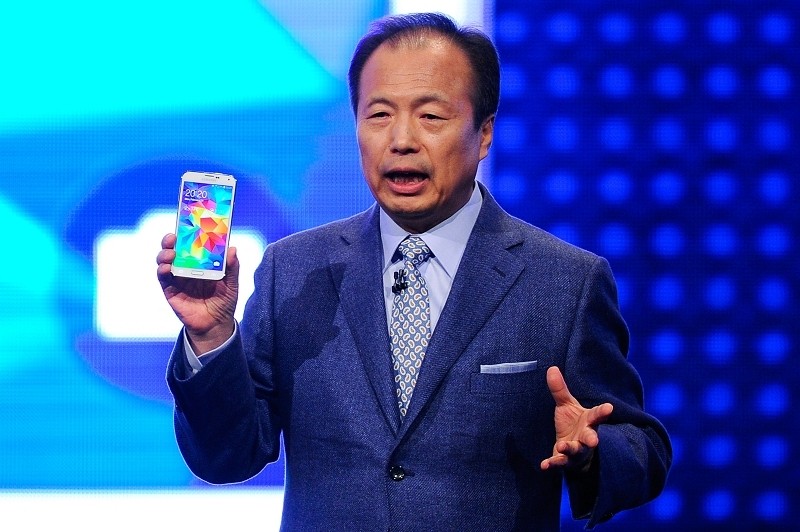Samsung executives had high hopes for the Galaxy S5 in light of the tremendous success of its predecessor. The company produced roughly 20 percent more handsets than it did for the S4 but in the end, Samsung sold about 40 percent fewer S5 smartphones than anticipated.
The bullish projection was largely based on numbers from a survey of wireless carrier partners according to a report from The Wall Street Journal. In it, carriers were asked to predict demand for the phone but the problem lied in the fact that carriers weren't responsible for any unsold devices. Instead of facing the possibility of shortages, carriers aimed high.

Ultimately, Samsung sold fewer than forecasted which led to excess inventory in warehouses. To try and move the extra phones, Sammy had to allocate additional funds to marketing.
In terms of numbers, Samsung is said to have sold roughly 12 million S5 smartphones in the first three months since its April launch. In comparison, Samsung sold about 16 million S4 units during the three-month period following its launch a year earlier in 2013.
Sources tell the publication that Samsung sold more Galaxy S5 smartphones than it did the S4 in just one market, the US. In Samsung's largest market by revenue, China, sales of the S5 were down 50 percent during the first six months after launch.
Mismanagement of the Galaxy S5 is just one aspect of the overall picture that has led Samsung to where it is today. Other factors including an employee count that absolutely dwarfs the competition and a massive product portfolio have the company contemplating a major management shake-up.
